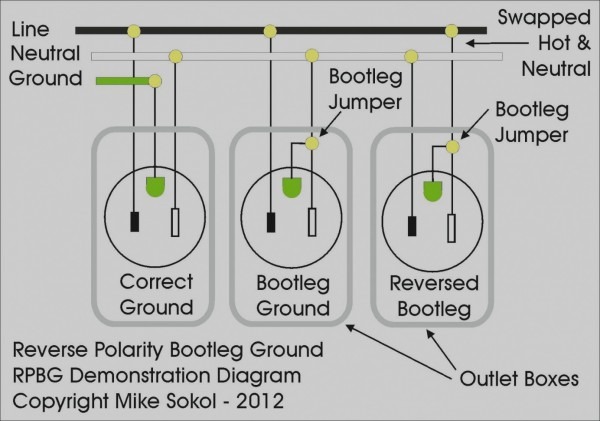

Permits – Electrical permits cost $30 to $80 on average to install one new 240V outlet or up to $350 if combining multiple electrical jobs in one project.Ģ20V and 240V outlet prices are $8 to $30 for the unit alone, depending on whether the outlet is 3-slot, 4-slot, or locking. Upgrading the electrical panel costs $1,300 to $4,000, depending on the amperage.Īn electric car charging station costs $750 to $2,600, including a Level 2 charger, 240V outlet, wiring, and wall mounting.ĭryer installation costs $100 to $300 on average for labor only. New circuit breaker – A new 30-amp or 50-amp circuit breaker costs $5 to $40 for the part alone, not including the outlet.Įlectrical panel upgrades – Adding a new 240V outlet for a dryer or electric vehicle charging station may require more amps than the home's existing electrical panel can provide. Master electricians have the most experience but charge 50% to 100% more than Journeyman or Apprentice electricians. Labor rates – Electricians' labor rates vary by location and experience.

Installations that require opening multiple holes in the walls Running wire in tight attic spaces that restrict movement Running wire up through multiple stories in the house Labor costs increase for complex installations, including: The farther the outlet is from the panel, the more wiring the electrician must run through the walls, floors, attic, crawlspace, or basement.Īccessibility – Running new wiring is easiest in an unfinished attic or basement or in open walls before installing drywall. The following factors impact the cost to install a new 220V or 240V outlet:Ĭircuit length – The circuit length is the distance from the main electrical panel to the outlet's location. What Uses 220V In A House?ĭifferent appliances require a 220-volt or over the electrical line.220V & 240V installation cost factors Factor In comparison, a ground wire protects the circuit from instability and other possible problems. It’s also important to mention that a neutral wire is different from a ground wire. This wire carries the power from the device back to its origin. What Does The Neutral Wire Do?Ī neutral wire in an electrical setup helps take on the role of completing the circuit. But 10/3 wires can be better options than their 10/2 counterparts for 220-volt setups. Many 220-volt electrical connections require 10/2 wires to complete 30-amp circuits. Since clothes dryers often need over 110 volts to function, these appliances typically need at least 10/3 size wires to prevent overloads and fires.

On that note, 10/2 wires often only have one hot wire, which is the hot and neutral wires.
220 VOLT OUTLET INSTALLATION CODE
So it can be ideal to use a 10/3 wire instead.Īlso, using the 10/2 wire can be a violation of the National Electrical Code (NEC) 250.140, which mentions that the supply circuit for a 120/240-volt setup should possess three wires. However, you might run into some issues with that size wire. It’s possible to use a 10/2 wire for a clothes dryer. Low risk of hazards like shocks, surges, and electrical fires.The creation and maintenance of a zero-voltage point.The prevention of electrocution, especially during lightning strikes.Low resistance to trip the circuit breaker and prevent serious electrical issues.


 0 kommentar(er)
0 kommentar(er)
